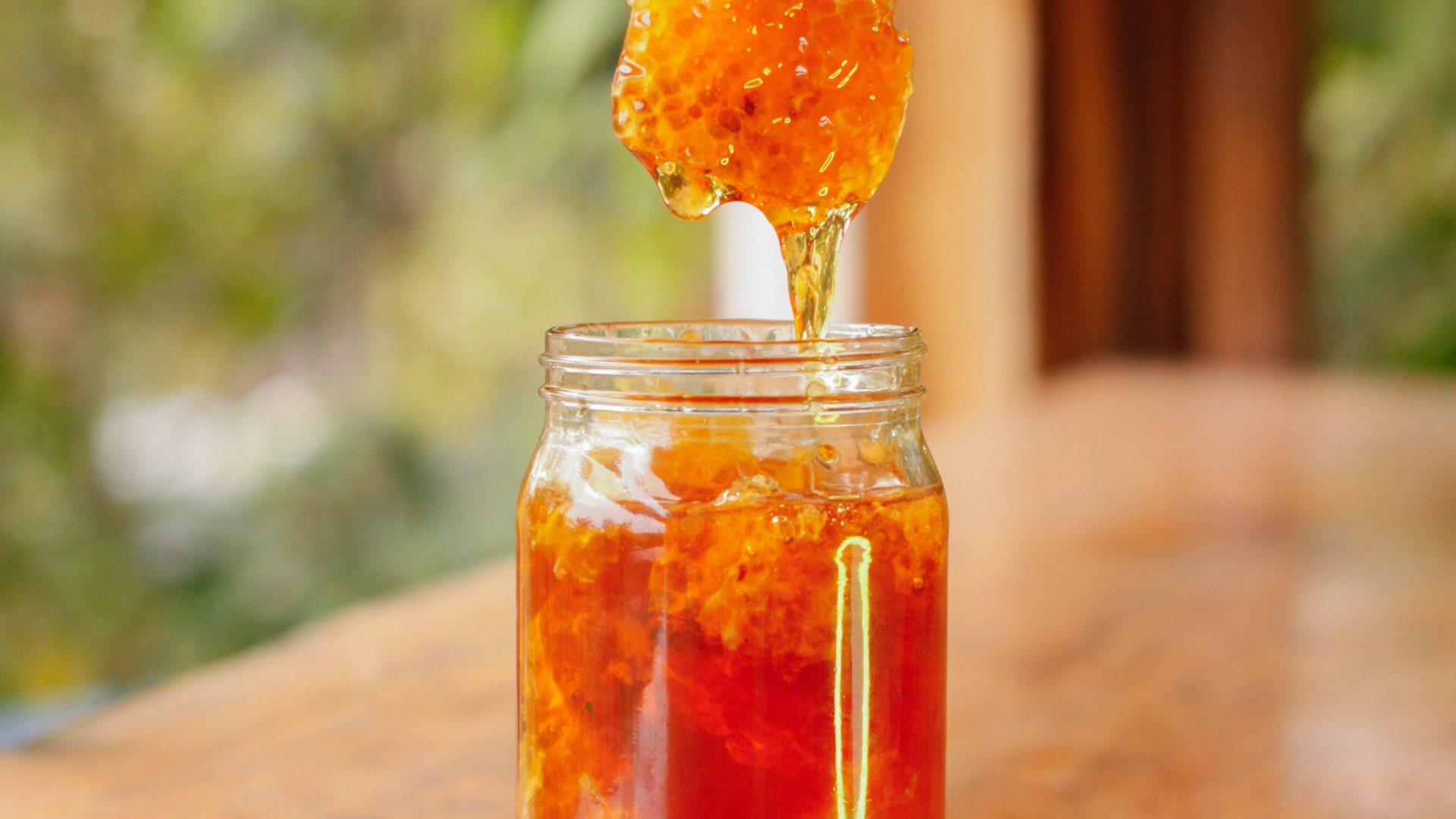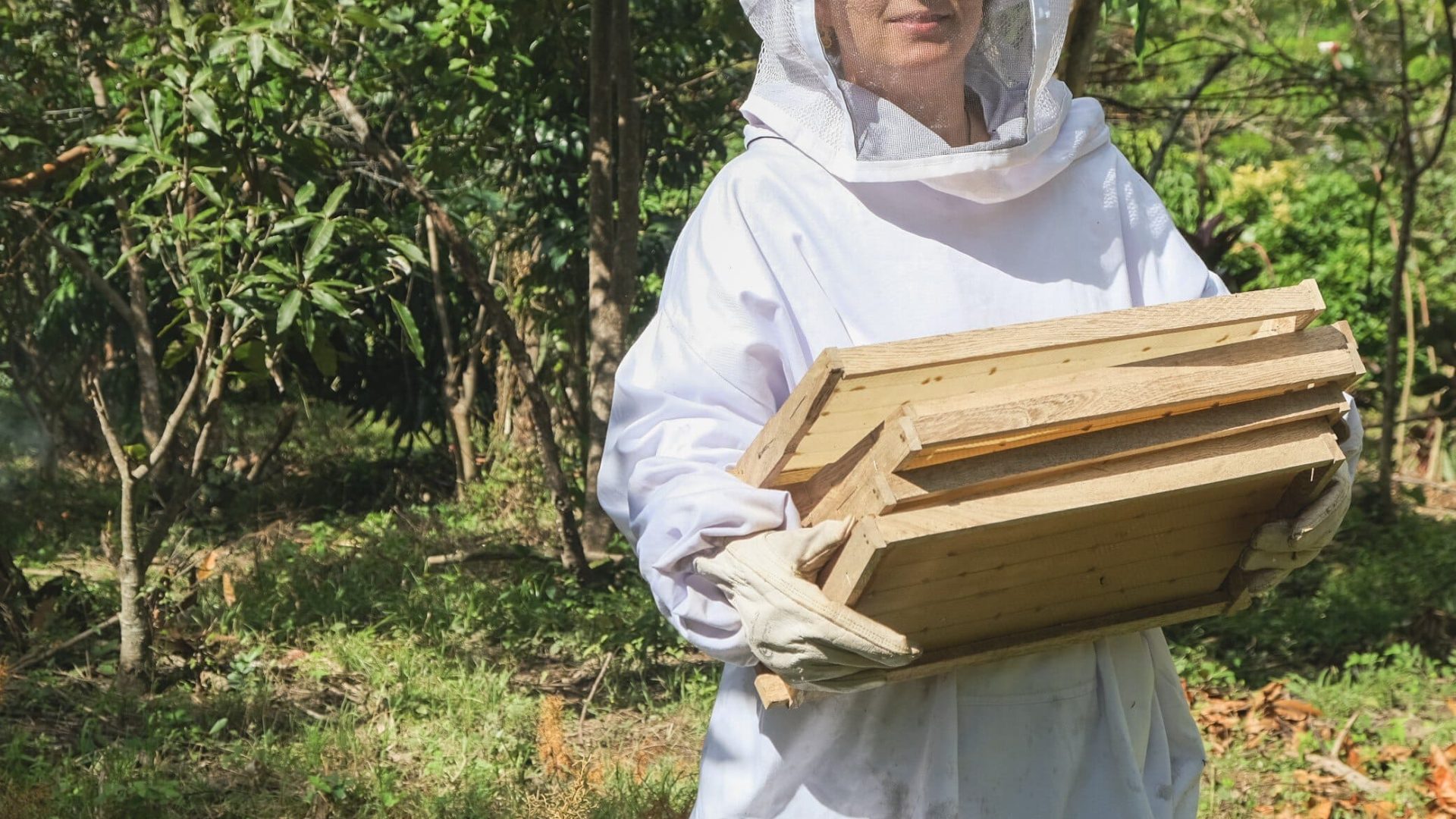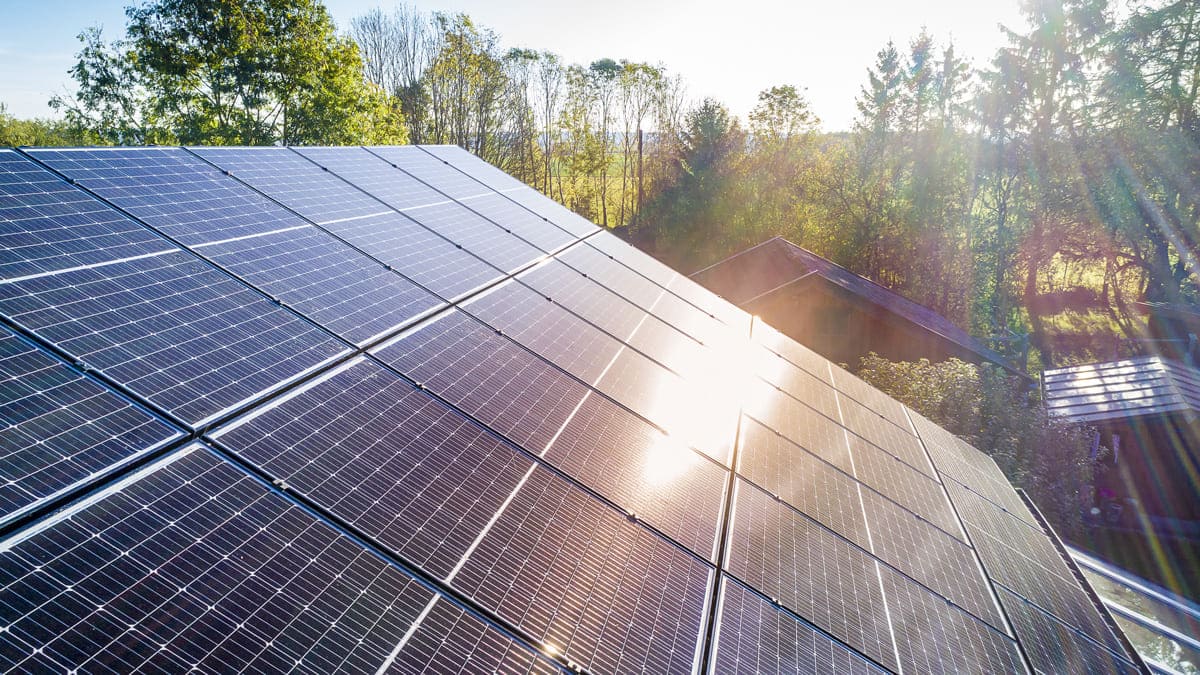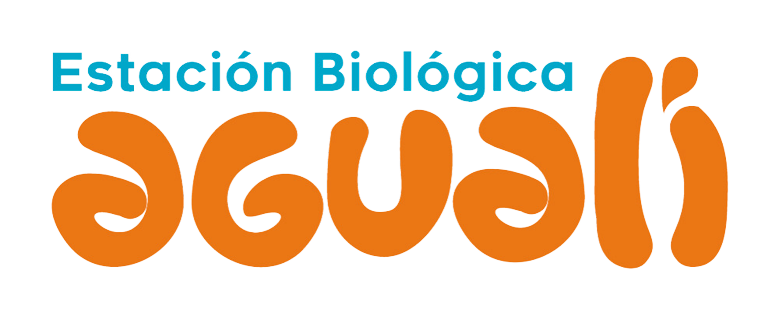Our Sustainable Farm
In aguali we have an area of low scale production, distributed in 1/2hectare dedicated to the ecological production of vegetables, aromatic, medicinal, fruits and vegetables. We are trying to take advantage of each space to obtain healthy food, as our goal is to supply the dining area of the biological station and some restaurants in the city. Our vegetables are grown with organic products, made on the farm, we implement vermiculture, soil recovery, composting and fertilizers made from organic matter such as cattle manure, ash etc..


Bees
We have two methods to work with bees :
- Meliponiculture : Meliponas are stingless bees, native americans, used for honey and wax and also for the multiple services they provide, including pollination and environmental monitoring. At Agualí we work to conserve them, reproduce them and produce honey. We currently have 6 hives of mariolas, Tetragonisca angustula. Our goal is to teach and share the importance of bees for the conservation and sustainability of the planet.
- Beekeeping: We have 28 hives of Africanized bees. They are hardy species that contribute to pollination and food security. Thanks to these bees, we produce Aguali honey that we commercialize. Our objective is to contribute to pollination and biodiversity conservation while generating economic income for the sustainability of the station.
Renewable energies
As a part of our strategies to contribute to sustainable development, we have solar panels to generate energy to light the different areas of the biological station. In the future, we intend that all our energy will be provided by renewable energies. We are convinced that clean energies are necessary to transform our lifestyles and must be accompanied by saving systems that lower our consumption, contribute to the reduction of greenhouse gases and therefore mitigate climate change.

Water harvesting
Water harvesting is the operation of collecting rainwater for productive use. Instead of letting the runoff cause erosion, the water is captured and used for agriculture, livestock or human activities.
One of the limitations we face in the station is the scarcity of water during the summer period, from December to May. So one of the alternatives we have found to meet irrigation and consumption needs is water harvesting. We use rainwater collected from the roofs, which is then stored in tanks. For this reason, we are building infiltration ditches that allow us to retain the water and gradually infiltrate it into the soil. Aguali’s goal in the future is to restore areas of the reserve that will increase infiltration capacity and water availability. In the future, we intend to treat and recirculate gray water for use on crops and ornamental plants.
Biogas
Our sewage is connected to a biodigester system, which allows through this system to produce gas, which is used by the family living in the station.

Living roofs
Living roofs are an artificial system that offers a natural green space, created by the addition of plants to a growing medium composed of layers that fulfill different functions, such as irrigation, drainage and root barrier. At Agualí, we have created three areas covered by living roofs, which allow regulating the temperature in summer time while beautifying the place.
